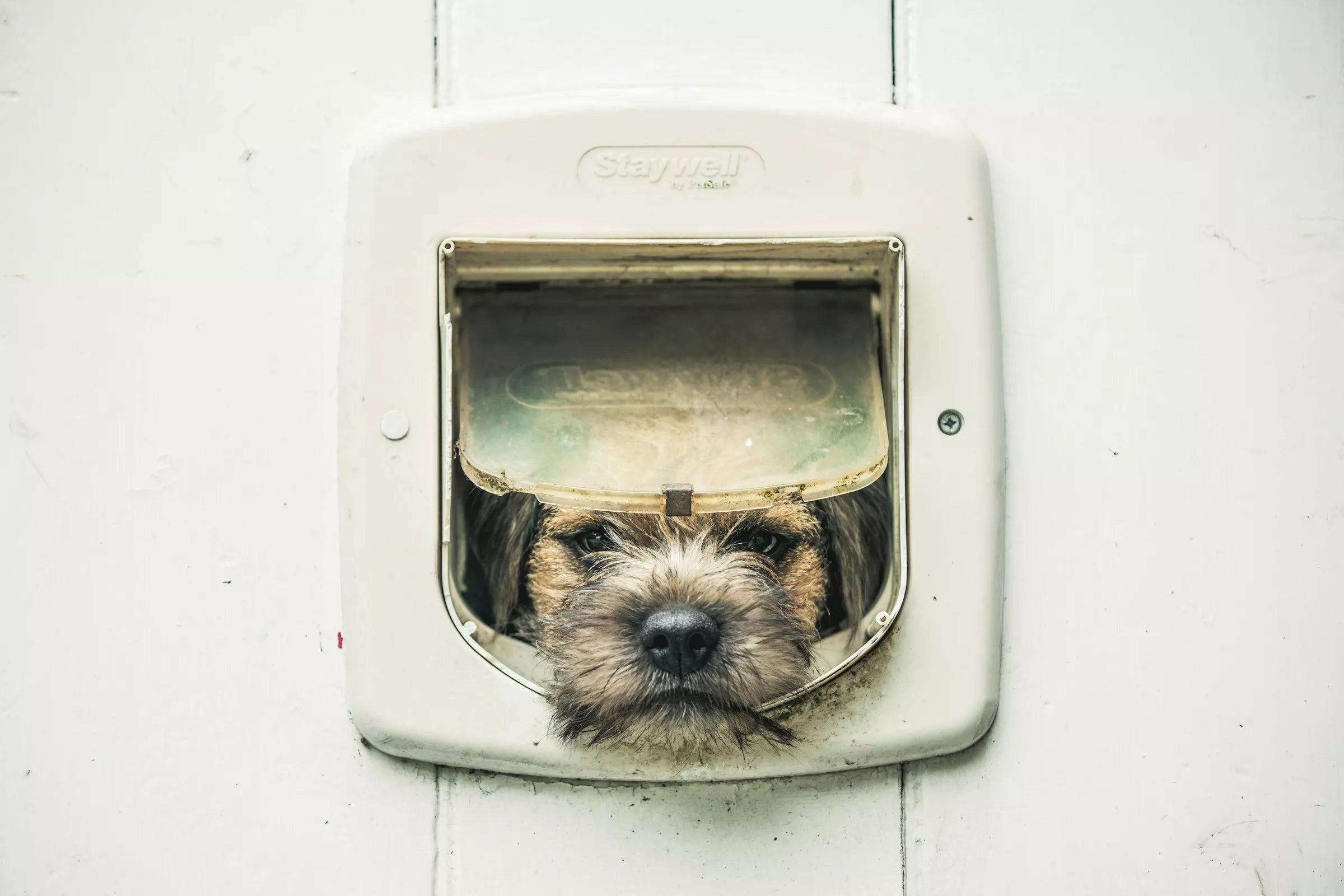Jump to Section
- Can All Dogs Swim?
- Natural Swimmer Breeds
- Dogs That May Struggle
- Teaching Your Dog to Swim
- Safety Tips for Dogs Around Water
- FAQs
Can All Dogs Swim?

Despite the popular myth, not all dogs are natural swimmers. While many breeds enjoy splashing about, some are physically less suited to swimming and may require supervision, support, or even avoid deep water altogether. Swimming ability varies depending on breed, body type, confidence, and experience.
Like humans, some dogs need to learn to swim and gain confidence gradually. Others may never enjoy it—and that’s okay too.
Natural Swimmer Breeds
Some breeds were historically bred for water work, making them strong swimmers with a natural affinity for aquatic activities. These include:
- Labrador Retriever
- Golden Retriever
- Portuguese Water Dog
- Newfoundland
- Irish Water Spaniel
- Chesapeake Bay Retriever
These breeds typically have strong legs, webbed paws, and water-resistant coats, all of which help them move efficiently in the water.
Dogs That May Struggle

Breeds with short legs, flat faces (brachycephalic), or dense bodies may struggle with buoyancy and breathing while swimming. Some of these include:
- Bulldogs (English and French)
- Pugs
- Dachshunds
- Boxers
- Basset Hounds
- Corgis
These dogs can still enjoy shallow water play or paddling with a well-fitting canine life jacket, but should never be forced into deep water.
Teaching Your Dog to Swim
Introducing your dog to swimming should be gradual and positive. Here’s how to start:
- Use a calm, shallow body of water like a pond or pool with a gentle entry.
- Begin with a life jacket for support and safety.
- Stay close and offer encouragement, toys, or treats.
- Let your dog set the pace—never throw them in or force them.
With patience, many dogs will grow to enjoy water time, even if they’re not naturals at first.
Safety Tips for Dogs Around Water

- Always supervise your dog near water, even if they’re a good swimmer.
- Use a dog life jacket, especially for boating or unfamiliar waters.
- Rinse off after swimming to remove chlorine, salt, or algae.
- Watch for signs of fatigue or distress.
- Teach your dog how to exit the pool safely.
Every dog’s comfort and ability in water is different. Pay attention to body language, and keep things safe and enjoyable.
FAQs
Can I teach any dog to swim?
Most dogs can learn to enjoy shallow water with patience and support, but some will never be strong swimmers. Life jackets and positive reinforcement are key.
Is it safe for flat-faced dogs to swim?
Brachycephalic dogs like pugs or bulldogs can have trouble keeping their heads above water. Always supervise and consider a life vest—or limit them to shallow splashing only.
Do dogs need life jackets?
Yes, especially for non-swimmers, small dogs, or dogs swimming in deep or moving water. A well-fitted dog life jacket adds buoyancy and peace of mind.
What water is best for dogs to swim in?
Clean lakes, ponds, and dog-friendly pools are ideal. Avoid fast-moving rivers, murky water, or beaches with strong tides unless your dog is experienced and safe.
Can puppies swim?
Puppies can be introduced to water gently but should always be supervised and supported. Keep early sessions short, fun, and safe.















Share:
Why Do Dogs Bury Bones?
Are Harnesses Better Than Collars?